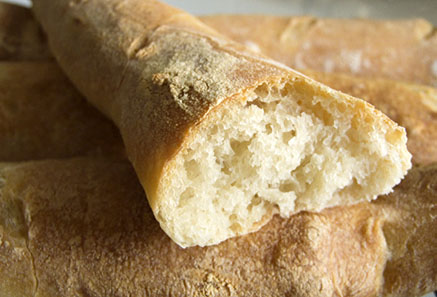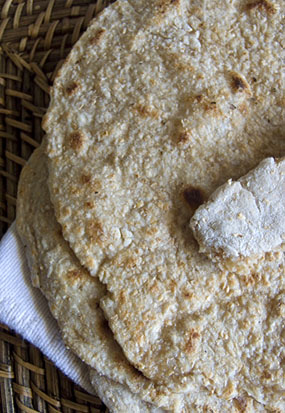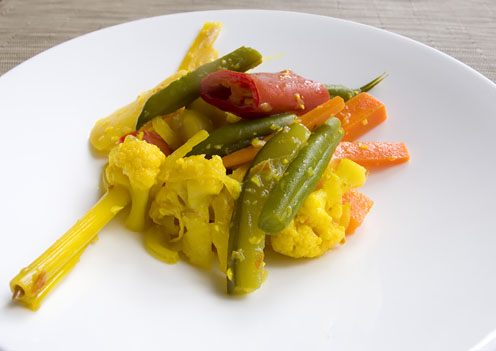Daring Bakers Challenge : Pain Francais
“And on a seven day high, that heavenly song punches right through my mind and just hums through my blood. And I know it’s a lie, but I’ll still give my love. Hey, my heart’s on the line for your hands to pluck off.”
–Unless It’s Kicks, by Okkervil River
Twobluefish recently celebrated International Dickhead Day, while I on the other hand, have been knee-deep in Australian Biscuit Awareness Week. That is, are you aware, how long it takes for a person, ie. me, to fulfill an order for 2200 biscuits? Predictably, the answer is, “too long”, and that’s just inbetween the wedding cake orders and all the other exciting crappola that’s been happening in the past week. Somehow though, I managed to find the time midweek to go see Okkervil River play a blistering set at Manning Bar. Staying up to hear For Real, Our life is not a Movie or Maybe, and Unless It’s Kicks, played live by this 6-piece was totally worth being left with only four precious hours of sleep before having to get up for work again.
So anyway, it’s been busy, and I don’t mind telling you that sometimes my brain gets so full that it can’t handle having to scrutinise lengthy recipes. Anything that extends further than a single page, causes my eyes to glaze over, and circus music kicks into repeat in my head. Doo doo do do do do do doo doo.
But a Daring Bakers’ bread recipe has come up trumps yet again. This Pain Francais recipe is originally from one of Julia Child’s books and was chosen by Breadchick Mary and Sara for this month’s challenge.
The reason why I would urge you to bother to read through roughly seven (originally eighteen) pages of baking instructions is this : this recipe epitomises everything I look for in a baguette. It has a crust that is simultaneously crispy and chewy; a soft interior with great depth of flavour. After a day’s worth of kneading, proving, waiting, proving, waiting some more and then baking, the result was so delightful that we shelved earlier plans for dinner and instead had soup with ripped up pieces of baguette for dipping. The next morning, I had the leftovers for breakfast, with a small piece of cheese. Heavenly.
Thanks Mary and Sara for picking a great recipe, that I probably would never have found sufficient brainspace for, in any other circumstance. And I’m sorry if this story about my bread isn’t long enough, but you see, I can already hear the makings of a circus tune forming in everyone’s heads.. doo do do do….. , so I guess it’s time for us to get up, brush off the crumbs and move on..






